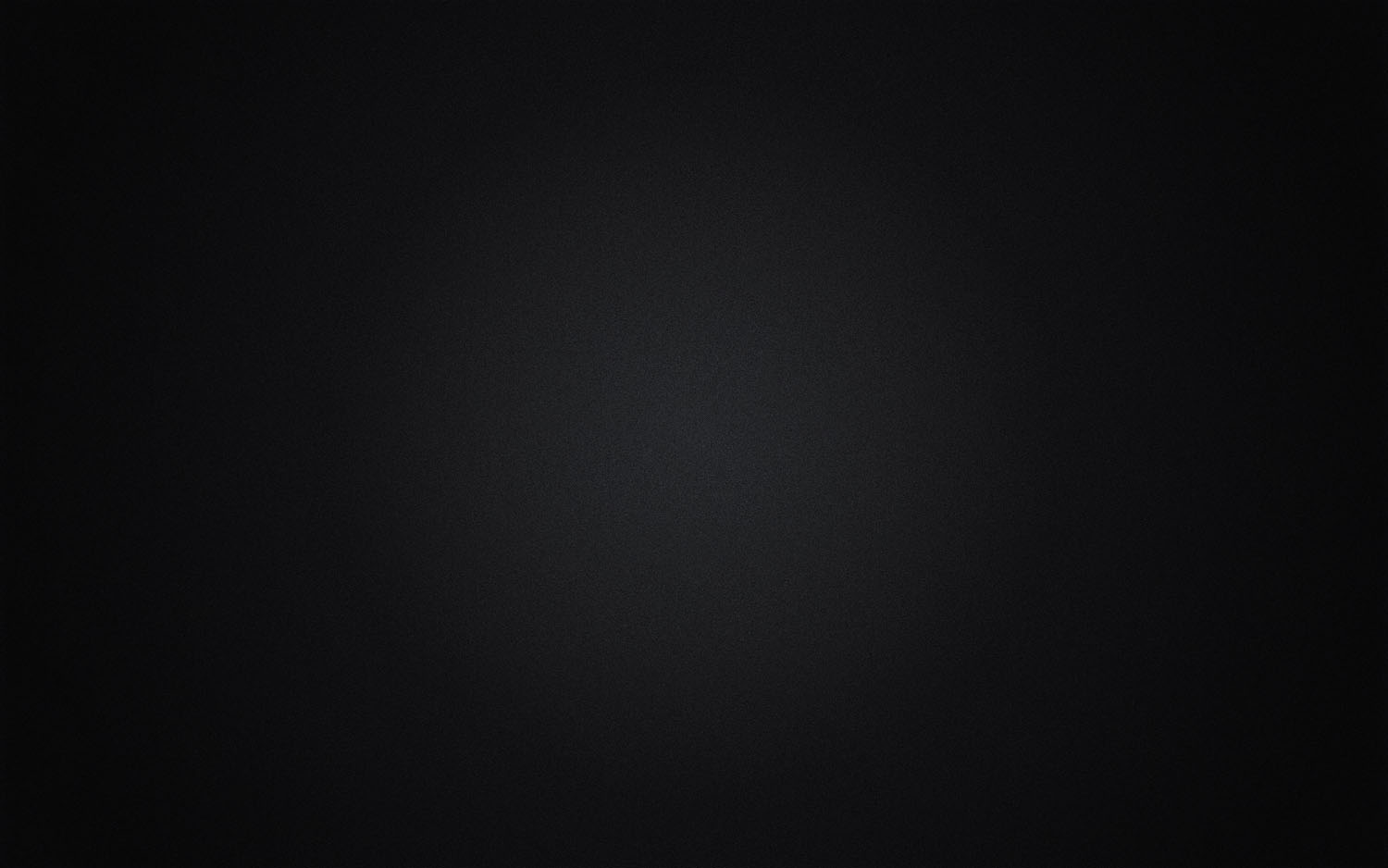

There are two types of Palestinian weddings. The traditional, which involved the entire village, and the modern, which combines some of the traditional rituals complete with everything you’d see at a lavish American wedding.
Traditional: Village weddings of the past varied from village to village. In some cases, the bridegroom rode a horse around the village on the wedding day before the festivities and in other cases, the bride rode a horse after the wedding. Either way, a joyous zaffeh (Arabic chants of praise and ululations) took place. After the wedding, a meal was shared by the guests called mansaf (lamb and rice with a yogurt sauce.
To see one example of a village wedding as depicted on embroidery, please see:http://palestinianembroider.tripod.com/wedding.htm
Modern: They are often a hybrid of the old and the new. The religious ceremonies, of course, take place before the receptions. Many brides who originally hail from rural towns get their hands tattooed with henna dye the night before the wedding. A lavish dinner is held, much like the rehearsal dinners in the USA.
On the wedding day, a zaffeh normally takes place at both the bride and groom’s house. The zaffeh also takes place during the reception with the bride and groom held up high; the Arabic music and dancing take place throughout the rest of the reception. Crowds also link hands for what is known as the dabke. The dabkes is a folk dance performed in a line. Some weddings even have the traditional sword fight dance and/or the candle dance.
The following is an example of a modern wedding with a traditional candle dance (generally a traditional dance in Palestinian coastal cities and the Galilee). Please see: http://www.youtube.com/watch?v=vA3fU2a_HXU
As in all cultures, weddings in Palestine are extremely happy celebrations.